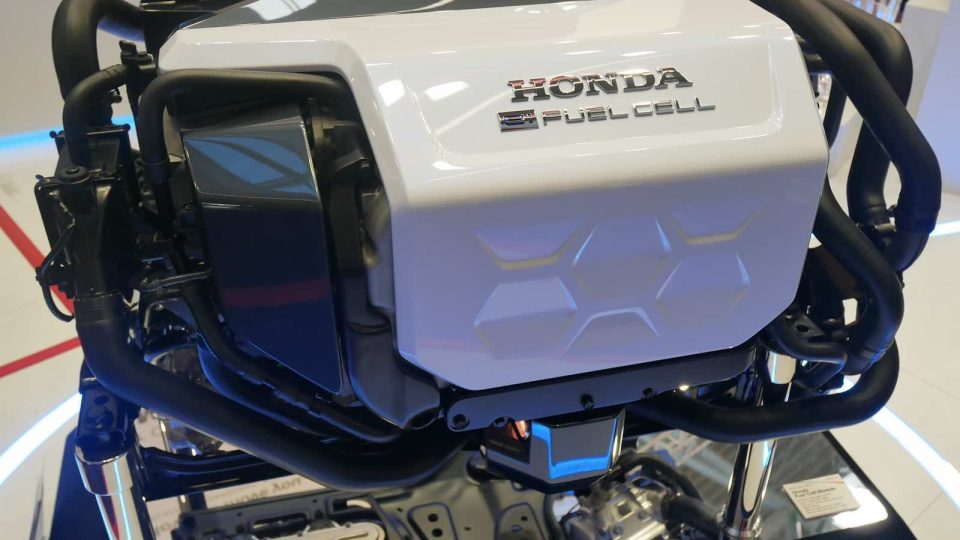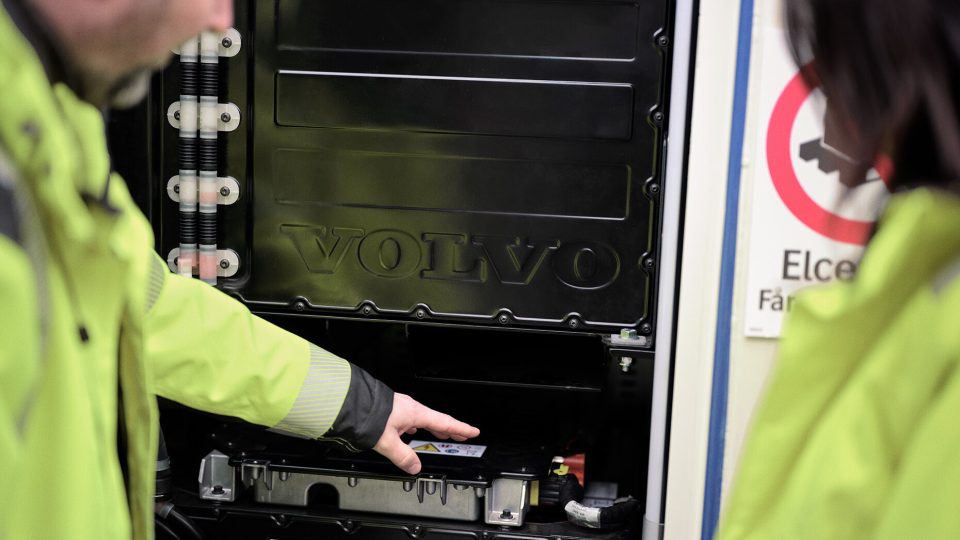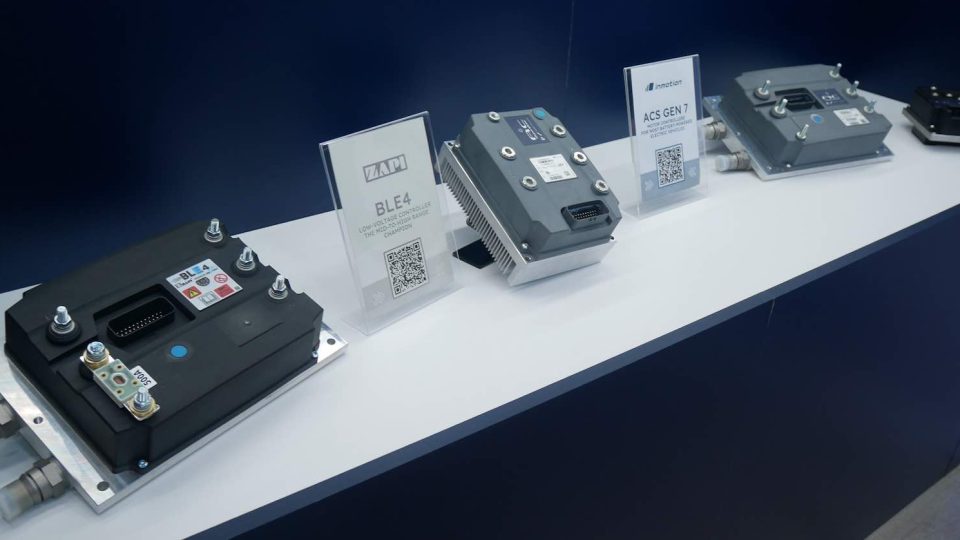Sintered steel instead of cobalt. Tenneco tests new materials for engine applications
Tenneco tests new materials in order to reduce reliance on cobalt. Demanding high temperature applications that typically rely on cobalt to provide wear resistance in high temperature ranges, such as heavy-duty turbocharger wastegate bushings, EGR valves, and high performance engine valve seats will benefit from the new material, based on an alternative sintered steel formulation. […]
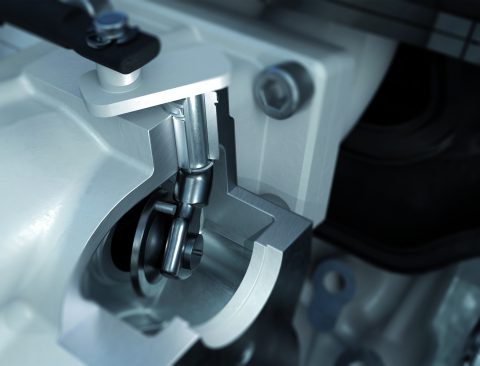
Tenneco tests new materials in order to reduce reliance on cobalt. Demanding high temperature applications that typically rely on cobalt to provide wear resistance in high temperature ranges, such as heavy-duty turbocharger wastegate bushings, EGR valves, and high performance engine valve seats will benefit from the new material, based on an alternative sintered steel formulation. Trials conducted by Tenneco have shown that the cobalt content can be reduced significantly without compromising wear resistance. Engine manufacturers might then mitigate the limited availability and price volatility of cobalt.
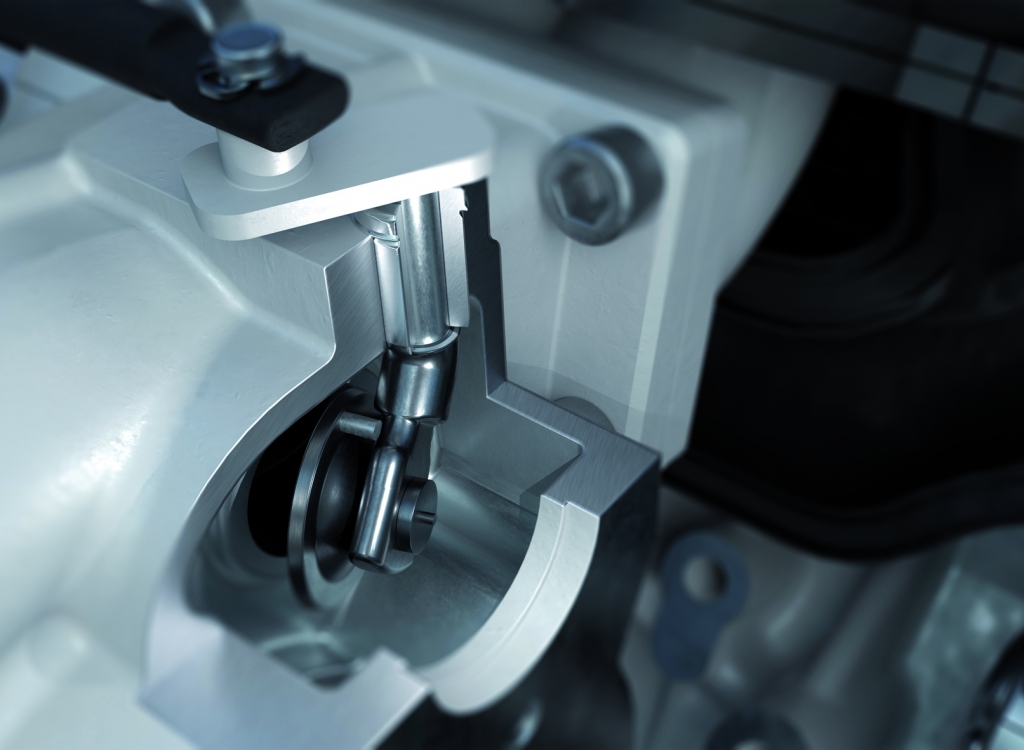
A low-cobalt sintered formulation
«Potential material shortages and controversy around cobalt mining, coupled with extreme price volatility, mean we must reduce our dependence on cobalt», said Gian Maria Olivetti, Vice President Global Engineering, Tenneco Powertrain. «While it remains the most effective material to combat wear in dry running valve seat applications and other components subjected to big temperature ranges, we have used our extensive experience in powder metallurgy to develop a low-cobalt sintered formulation alternative that delivers similar wear properties to the best current materials».
TENNECO’S SOFTWARE FOR ENGINE CYLINDER DEVELOPMENT
Tenneco tests on new materials: more details
The application temperatures for bushings in EGR valves, turbocharger wastegate systems or exhaust-gas valves can range from below 0°C up to 1000°C, and it is this wide variation that makes the tribology challenging.
«Especially in the lower temperature range up to ~400°C high-cobalt materials can outperform the typical non-cobalt materials. The first question we had to answer was: ‘What is the explanation for high-cobalt material’s low wear rates?’ And the second question was: ‘How much cobalt is effectively needed to produce that effect?», Jens Wellmann, Tenneco Powertrain product manager for turbocharger components, explains.

FEDERAL-MOGUL JOINING TENNECO GROUP
Tenneco’s research started from two well-proven existing sintered products. FM-8100, an iron-based cobalt-free sintered material, and FM-T95A, a cobalt-based (54% Co by weight) sintered material comparable to the cast materials used for tribological applications. Between these two extremes, a total of five materials with varied cobalt content were evaluated for wear performance across a range of temperatures.




